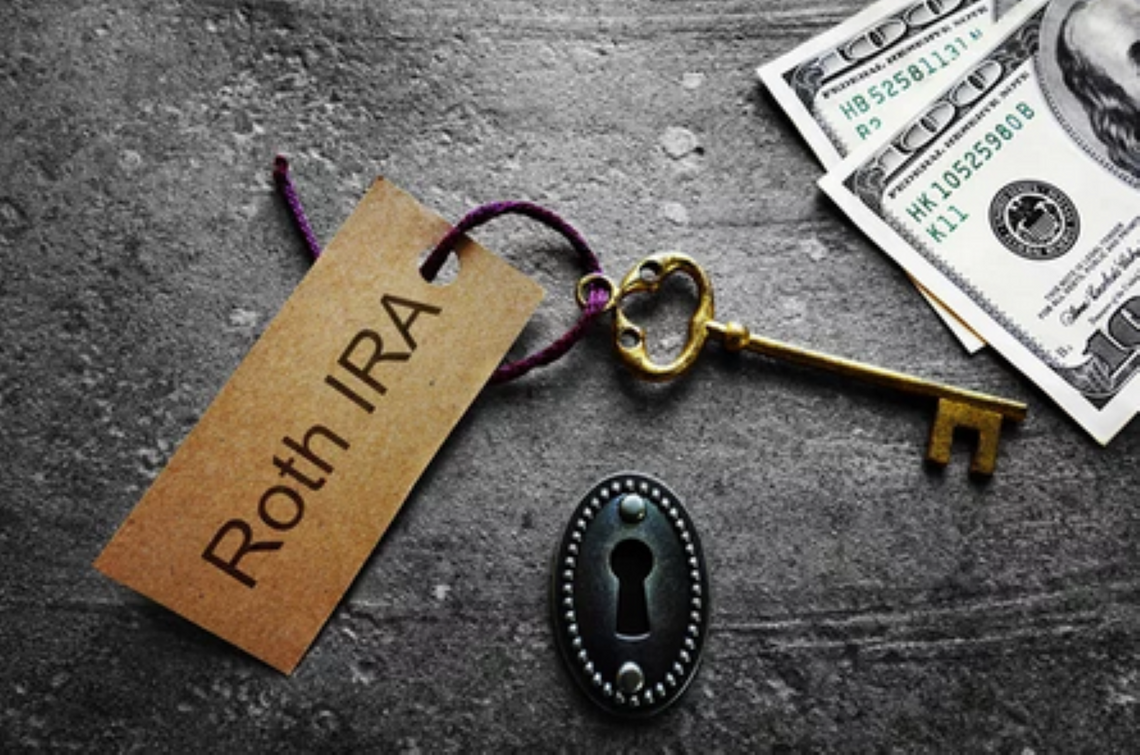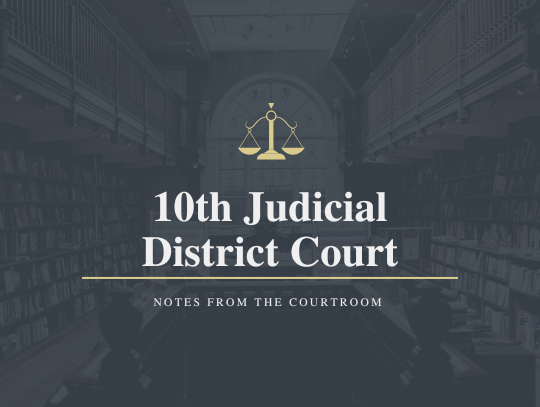As you save for retirement, you’ll want to take full advantage of the investment vehicles available to you — and one of the best is a Roth IRA. But what sets it apart from other accounts?
Three key factors distinguish the Roth IRA:
- Tax-free earnings – When you invest in a Roth IRA, your earnings can grow tax free, provided you don’t begin taking withdrawals until you’re 59½ and you’ve had your account at least five years. If you don’t meet these criteria, withdrawals of earnings will be subject to taxes and a possible 10% penalty.
- No penalties on withdrawals of contributions – You fund a Roth IRA with after-tax dollars, which means you can withdraw your contributions — not the earnings — at any time for any reason, without facing taxes or penalties. So, you could use some of your Roth IRA money for non-retirement purposes, such as helping pay for a child’s college education.
- No required withdrawals at age 73 – With a traditional IRA or a 401(k), you must start taking withdrawals — called required minimum distributions, or RMDs — once you reach 73. But this rule doesn’t apply to a Roth IRA — you can keep it intact as long as you like. You may need to tap into it for some of your retirement income, but if you don’t use it all, the remainder could benefit your beneficiaries.
A Roth IRA does share one similarity to a traditional IRA: It can be funded with virtually any type of investment, including stocks, bonds, mutual funds, certificates of deposit (CDs) and so on.
However, unlike a traditional IRA, a Roth IRA does have income limits.
For the 2023 tax year, if your modified adjusted gross income was less than $138,000 (for a single filer) or $218,000 (married filing jointly), you can put in the full amount of $6,500 and an additional $1,000 catch-up contribution if you’re 50 or older. The amounts you can contribute will gradually decline at higher income levels and are phased out entirely at $153,000 for single filers and $228,000 if you’re married and file jointly. These income ranges will likely change for the 2024 tax year, so you’ll want to consult with your tax advisor for details.
Still, even if you’ve contributed to a traditional IRA or a 401(k) for many years, you may have a chance to eventually “convert” some, or all, of these funds to a Roth IRA and gain its benefits. It’s not hard to do this conversion — it involves minimal paperwork from your traditional IRA or 401(k) provider — but it does come with tax issues. Any money that’s converted from a traditional IRA or 401(k) to a Roth IRA will be treated as ordinary taxable income. This can trigger a large tax bill, so, unless you have the money available from other accounts to pay the taxes, the conversion may or may not make sense for you. But you don’t have to convert all the funds at once. By spreading the conversion over several years, you could reduce the effect of a large tax hit in any single year. You may want to consult with your tax advisor before converting any funds to a Roth IRA.
If you can find a way to contribute to a Roth IRA, either directly or through a conversion, consider it carefully — you’ll find a lot of upsides to this investment account.
This article was written by Edward Jones for use by your local Edward Jones Financial Advisors, Edward Jones, Member SIPC.










































Comment
Comments